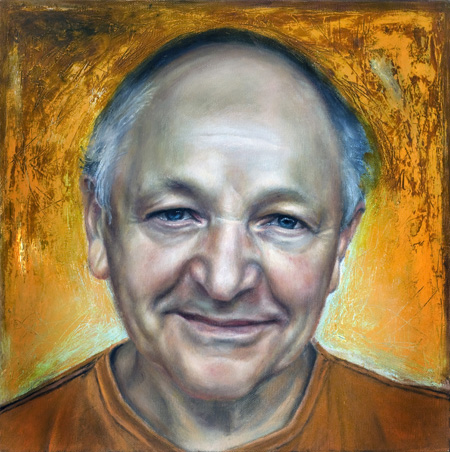August 4 - 10, 2019: Issue 415
Joe Mills
In the Summer of 2013 Joe Mills was among those wonderful local volunteers who featured in Stephanie Galloway-Brown's 'Face of the Extraordinary; Volunteers' project, whereby this local Painter had produced 22 Portraits that were on display as part of the ArtSpotExhibition at Avalon Beach recreation centre.
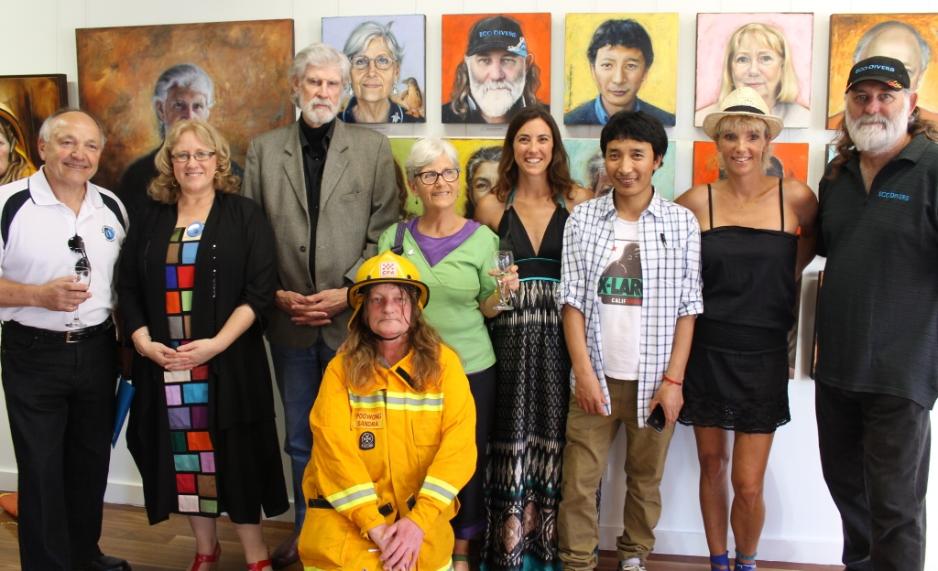
Opening Night Artspot 2013: Joe is on far left standing next to Stephanie - A J Guesdon photo.
In March 2017 his name was popping up again - this time as the creator of a photographic Portrait as a member of the Pittwater Camera Club. Apparently taken of a friend - and classically using light.
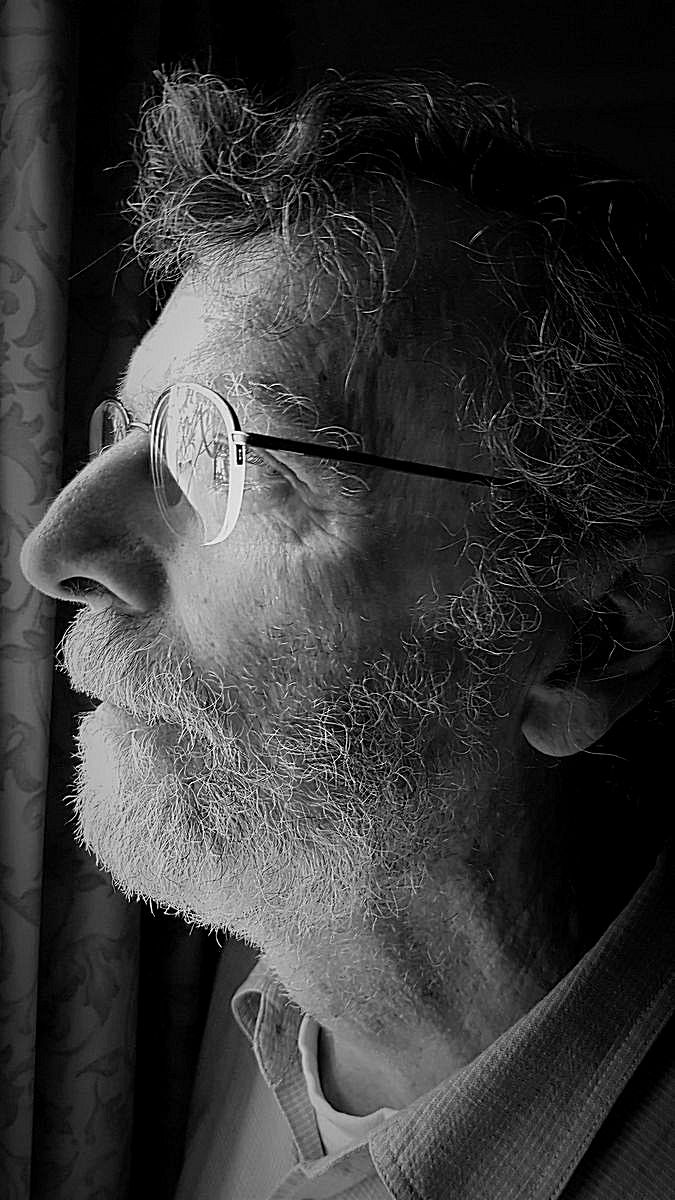
KM Portrait - Joe Mills
Then he disappeared from view again - into those greater blue and green expanses of all that is Pittwater.
And then he popped up again - sent an email and glorious photographs of Narrabeen, Turimetta, Mona Vale, Long Reef and Warriewood to share with Readers.
Readers loved his work.
The Editor pestered him to take a turn as an Artist of the Month, share not only his landscapes, seascapes, flora and fauna, and portraiture but also why he has this passion for photography.
Joe headed north, in Pittwater, left the green valley of Warriewood and its Turimetta sea breezes to a tall treed cove verging Careel Bay overlaps with Palm Beach to have a cup of coffee and talk about being a post WWII Migrant, and then a Photogrammetrist - specialised mapmakers who use aerial photographs, satellite images, and light-imaging detection and ranging technology (LIDAR) to build models of the Earth's surface and its features for purposes of creating maps - and his passion for photography.
Pittwater Online's Artist of the Month for August 2019 is Joe Mills, a lovely man who thinks life is for living and to make the best of every moment you can.
When and where were you born?
I was born in Schwabisch Gmund Germany on April 21st, 1946 - this was an area in the US Zone where Lithuanians and Poles were placed. My dad was Polish and my mum was Ukrainian. My parents names were Antoni Milczarek (Polish pronounced Mil- char- ek) born 10th of June 1924, and Jadwiga (Nadia) Jakovenko (Ukrainian pronounced Jark-ov-enko) born 25th of December 1923.
They were taken from their homes and both were used as slave labour in Germany during World War II. Poles had to wear a 'P' badge (slave labor from Poland) which distinguished them from legitimate German citizenship and privileges, limited their movements, food rations and subjected them to the rules and curfews of slave workers.
Those taken from the Ukraine were termed Ostarbeiter, "Eastern worker" and had to wear a badge; 'OST'. According to Pavel Polian over 50% of Ostarbeiters were formerly Soviet subjects originating from the territory of modern-day Ukraine, followed by Polish women workers. Among the Eastern workers were ethnic Ukrainians, Poles, Belorussians, Russians, Tatars, and others. They were often given starvation rations and were forced to live in guarded camps. Many died from starvation, overwork, bombing (they were denied access to bomb shelters), abuse and executions.
My parents survived.
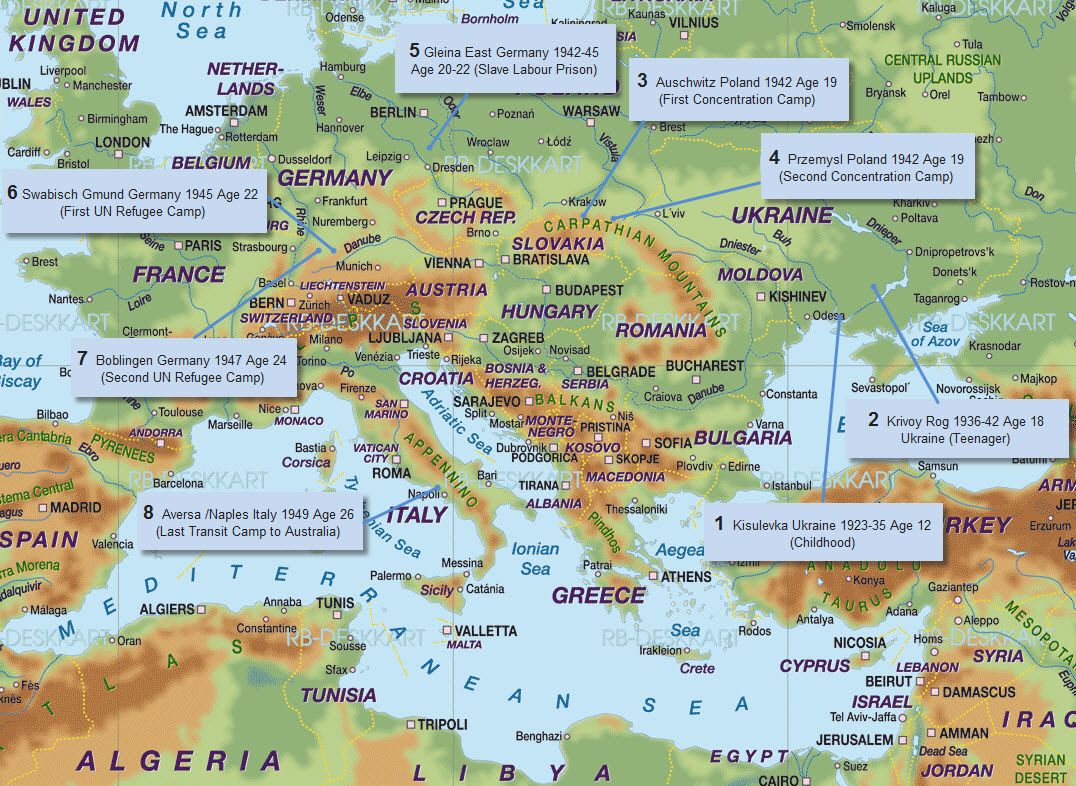
After the war we became United Nations refugees in southern Germany. My father did not see a good future if they returned to, by then, Soviet occupied Poland. Relatives, who had been considered well off for having a farm and cows prior to WWII disappeared - their property was taken, family members were dispersed under communism.
My brother Aleksander was born on August 26th, 1948.
In 1949 we were accepted by Australia as Displaced Persons (or Migrants) and came out to Australia on the former US Troopship USS General Stuart Heintzelman. In October 1947 USAT General Stuart Heintzelman had left Bremerhaven with 843 displaced persons from Estonia, Latvia and Lithuania and arrived in Fremantle, Western Australia on November 28th 1947. This was the first of almost 150 voyages by 40 ships bringing refugees of World War II to Australia.
The General Stuart Heintzelman made three more such trips, arriving in Melbourne with 822 refugees on April 20th 1948, in Sydney with 1301 on November 24th 1949, and in Melbourne with 1302 on March 3rd 1950.
We were landed in Sydney in November 1949, immediately put on a train going out west and began our Australian life in the Migrant Camps of Bathurst and Parkes. Our other names were “new Aussies’’ or ‘’wogs’’.
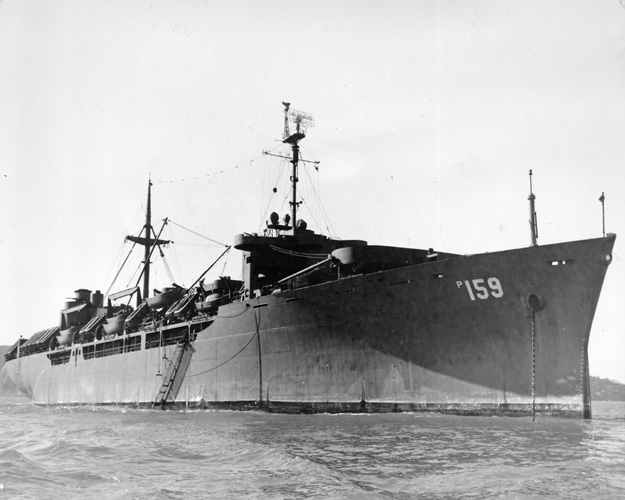
USS General Stuart Heintzelman (AP-159)
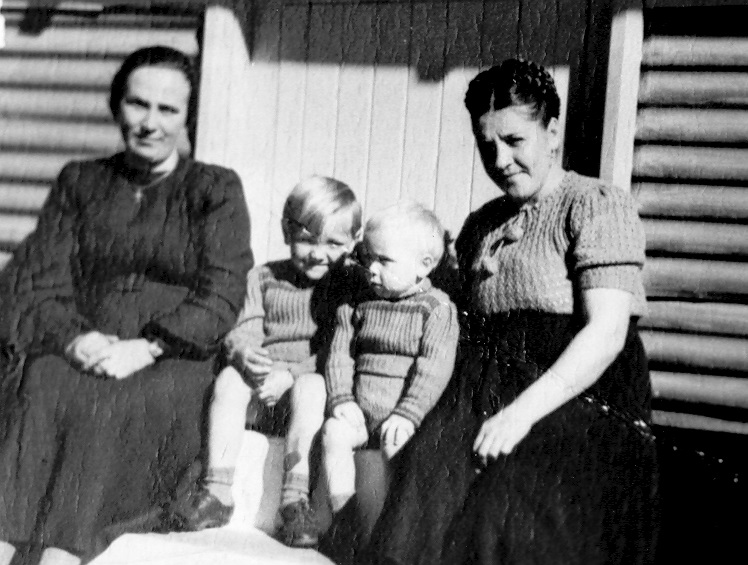
1951: Parkes - Mrs Patkowski, Joe, Olcha, Mum
Rooms there were divided by a blanket with one family per space. Those in the camps were allocated a job and that’s what they did. Dad used to travel to Sydney to work in a foundry – three weeks on and billeted there, and then a return to the camp for a week. Although the work was hard he was not a slave anymore and received a wage; we’d look forward to his return as he’d bring treats for us.
Another brother, Julius, and a sister were born here.
In 1951 we began life as a family at Riverstone, near Windsor. Our childhood here was fun, as we had our little park and lots of bush and creeks to explore. Our home was near the railway so was the drop off point for all the boys bikes before they caught the train to school.
The migrants at this time began settling in little groups around the western suburbs of Riverstone, Blacktown, Bankstown, Liverpool, Parramatta, and Auburn. Most assimilated into Australian society and eventually intermarried between each other and the Aussies. All were very thankful to Australia for giving them and their children a new start in life after the traumas of World War 2.
Although we did not realise it as children, our families were not rich, and to provide everything for their children, especially food, clothing and education, was very difficult at the time. My dad worked overtime all his working life and neither of our parents ever took a holiday, their whole life - not one.
There was a lovely family across the street with a wonderful black Labrador, an expensive pedigree dog they had named 'Nigger', as were the often incorrect times of then. This dog loved us, followed us around everywhere and would sit outside our gate and not go home. The mother asked if we'd like the dog, to have as our own, as it clearly loved us. Our parents explained that there was no way they could afford such a dog, a pedigree dog. Eventually the lady just gave him to us. Such a gift - a wonderful dog.
After we grew up and started our own families, we realised what our parents had been through, and we thanked them for giving us such a decent start in life. Particularly their choice of Catholic schools and Catholic values.
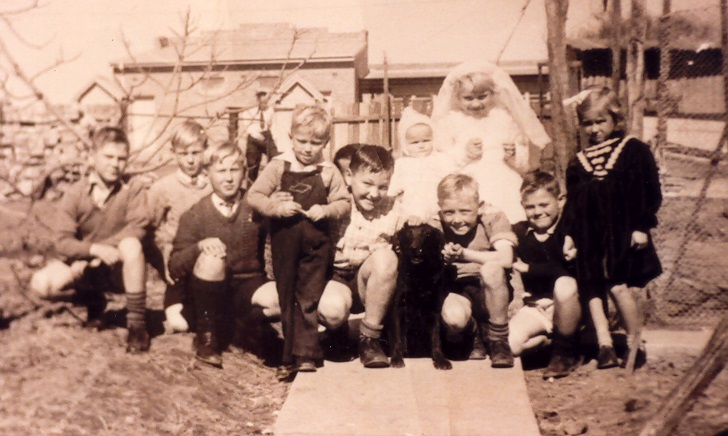
First Communion, About 1958, With Kreizmans, Rzpecki, Milczareks and Nigger
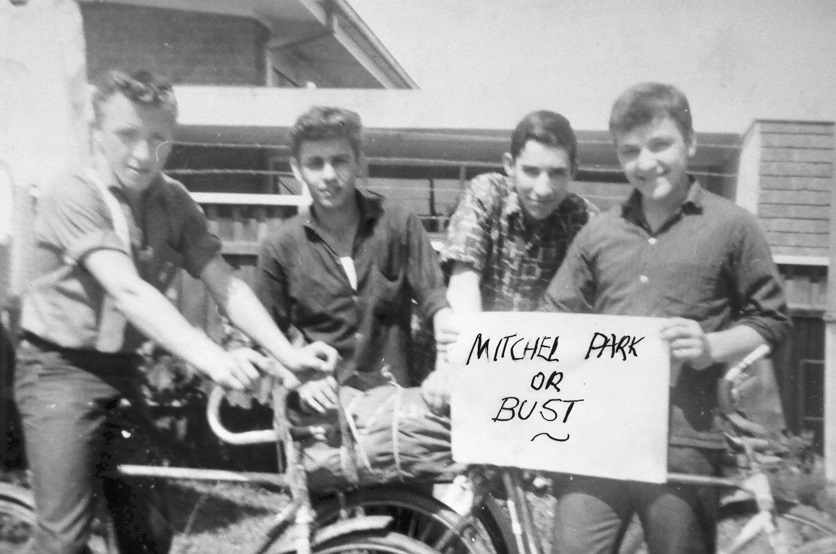
Riverstone Boys Bike Ride, About 1962; Olcha, Manfred, Poniewierka, Graham Hazlett, Joe
%20About%201985%20Cranebrook.jpg?timestamp=1564859487063)
Pop as Moulder Molten Brass (GE Crane) About 1985 Cranebrook
I was a 15 year old schoolboy when I joined the Parramatta Marist Brothers High School back in 1961. I finished the Leaving Certificate originally in 1962, and then repeated a year to get a better pass (B Passes in English, Geography, Maths I, Maths II, Physics & Chemistry) in 1963.
Our parents at that time did not have any choice where their children went to school.
In my case it was in the order:
Primary School – St Johns Riverstone
A small primary school run by women (nuns and female students). It was located at the highest hill in Riverstone Township. We had a great time as the school was surrounded by bush, and we had a small number of migrant families living in the area. We mixed well with everyone. As boys we were always in trouble with the nuns, because we were always dobbed in by the girls for swearing, fighting, etc. Naturally we became altar boys under the guidance of the Irish Father Keogh.
We finished Fourth Class at Riverstone.
Secondary School – Patrician Brothers Blacktown
It was great to be in an all-boys environment, although at times we had to test each other’s testosterone. Blacktown Patrician Brothers, at this time, could only provide education to Primary Final (Sixth Class) and Intermediate Certificate (Third Year). I completed my education from 5 Class to Intermediate Certificate (3 Year).
We used to catch a steam train from Riverstone to Blacktown Railway Stations. We had a Prefect system of nominated boys who would act as supervisors during travel, and on a good number of occasions report us to the Brothers, who would not hesitate to use the cane for misdemeanours (usually six of the best).
Our school was not the richest at the time, but the Patrician Brothers tried very hard and did provide us with a good education and sport skills (particularly Rugby League, Swimming and athletics).
The idea at lunchtime was to throw about 250 boys onto an oval and throw about 6 footballs in the middle. The rules of the game were determined by the loudest.
The other favourite lunchtime activity was the same 250 boys spreading themselves on both try lines of the oval and one student in the middle. Then 250 boys would charge for the opposite try lines and the boy in the middle would have to grab anyone for 3 seconds and say “Cocky Lora 1, 2 , 3”. Eventually more boys joined the middle until everyone was caught. This could take up a whole lunchtime.
Surprise, Surprise. Marbles was very big activity for a number of years. Either the Big Circle or Hard Holes up against tree roots. Games were played from a line called ‘’Taws”. Once again the rules were made by the loudest.
Brother Benedict was the Principal. A lovable character, a real doer and lots of pride in his school.
High School – Parramatta Marist Brothers
I would have to say that the 3 best years of my schooling life were had at Parramatta. Not only was I a little more mature, the teaching standards were fantastic, and I enjoyed learning from a great variety of teaching styles and teacher knowledge. Parramatta Marist prided itself on its academic results and the achievements of the sports programs (Rugby League, Cricket, Swimming, Athletics etc). I particularly enjoyed playing for the school Rugby League teams. The team environment was a new and enjoyable experience.
Brother Mel discovered me playing in the school Thursday colour competitions during Fourth Year. My usual style was to get the ball, put out my big fend and hiss a lot whilst I ran. Sometimes I scored a try. I guess he saw some ability and invited me to play for the school in B Grade initially in 1962, and this opened the doors to A Grade in 1963.
Who could forget the sermons received from Monsignor J J McGovern and his advice on purity, clean living and modest dressing. His heart was for his faith.
Because we were in the last years of our formal education, the Brothers also saw a need to educate us wild ones in a little social etiquette, including dancing. The usual arrangement was for all the boys in a particular class group were lined up around the assembly hall. And on a certain command, girls were marched from Our Lady of Mercy College opposite, escorted by nuns. These girls would then single file march up to the first male student, and then whoever you lined up with became your dance partner. I guess both girls and boys were hoping for good luck. Then the dance lessons began.
Some life skills and a little bit of sex education was also deemed necessary. This was undertaken by a number of Brothers. I will always remember Brother Julius trying to explain some basic truths to us boys, and glowing red when he got to the hard bits. God bless them, as they wanted to round out our education and new life skills once we left school.
I remember our farewell dinner was at St Monica’s Church Hall North Parramatta. The school put on the occasion, and it was catered by mothers of some students. Coke and lemonade was the strongest drink. I do remember when we walked back to Parramatta Railway Station some boys gave a few war cries and kicked a couple of garbage bins. This was the worst incident all night. A far cry to how students celebrate these days?
Brother “Doc” Allman was our unique Principle, who loved his school and its achievements. He was capably supported by a wonderful training team and support staff. All the Brothers loved the sports programs and participated fully.
Post School
After leaving school I had about 3 career phases in my working life. Initially I became a Cartographer/Photogrammetrist working with aerial photography in the Lands Department in Sydney doing survey information and stereo plotters, to produce topographical and engineering maps.
When I commenced everything was drawn by hand - you had to be very skilled, very exact and they took the time to train you in the correct methods.
Towards the end of my career I was in Canberra and among the very exciting times when Australian ingenuity was making world-first advances in this field, through the CSIRO, and computers and advances of the photographs taken being translated into maps were redefining the accuracy of all previous ones. Very exciting.
My next phase was to become a TAFE Teacher at the Sydney Institute of Technology, teaching in my mapping discipline. This experience led me to become an Instructional Designer of training curriculum, materials, learning guides, distance education and on-line learning. Before I retired, I had the pleasure to work about 5 years with the NSW Fire Brigades in their Training College at Alexandria, Sydney.
How did you meet your wife?
Catching the train home from the city. I can still remember this gorgeous dress she was wearing, and this was the days of shorter skirt fashions, and lovely bright coloured tights. The train took off and she fell down - this beautiful girl - so I helped her get up and that was it. We married in 1970.
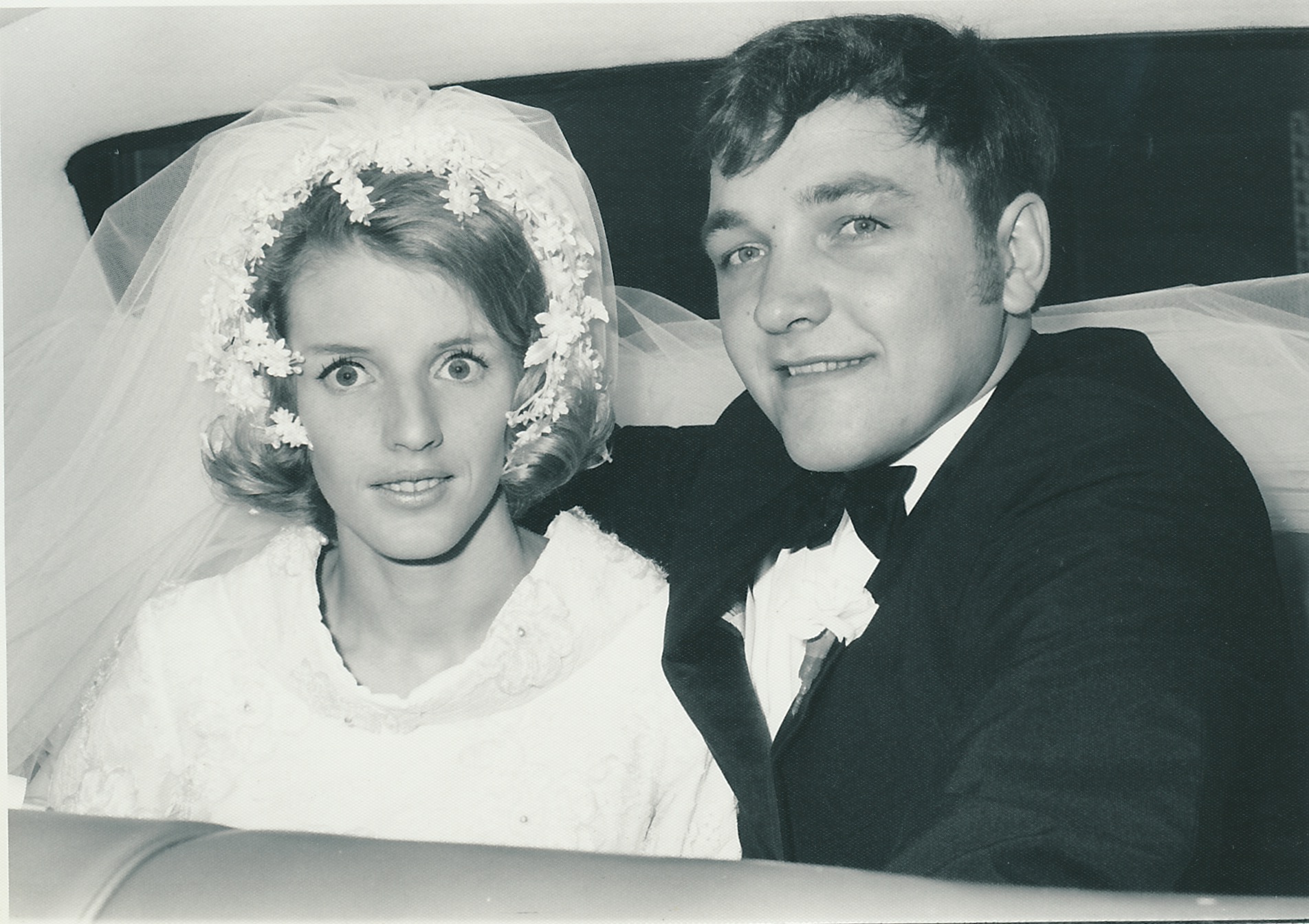
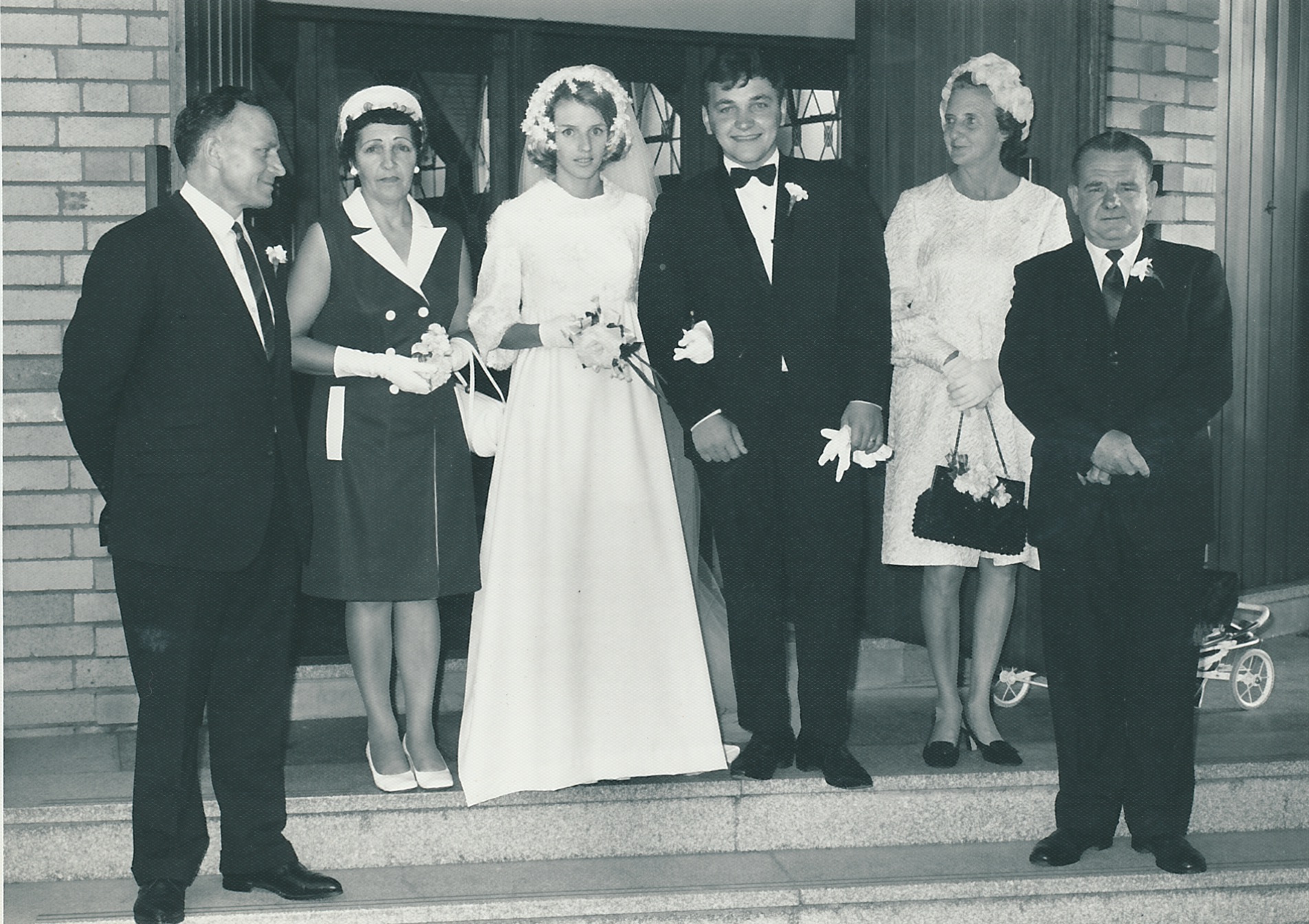
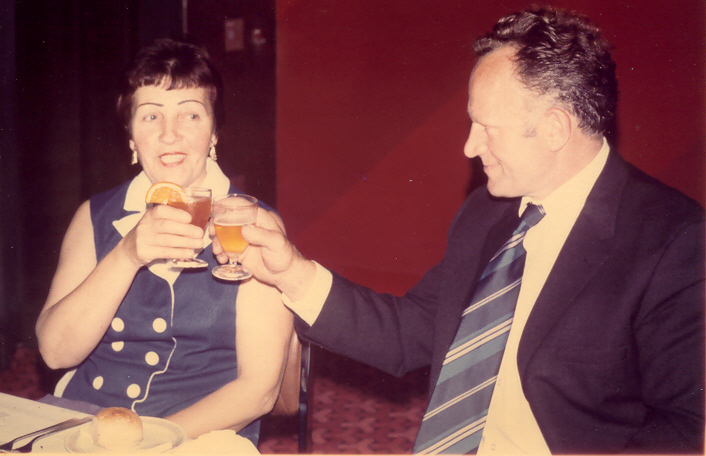
Mum and Pop at our wedding
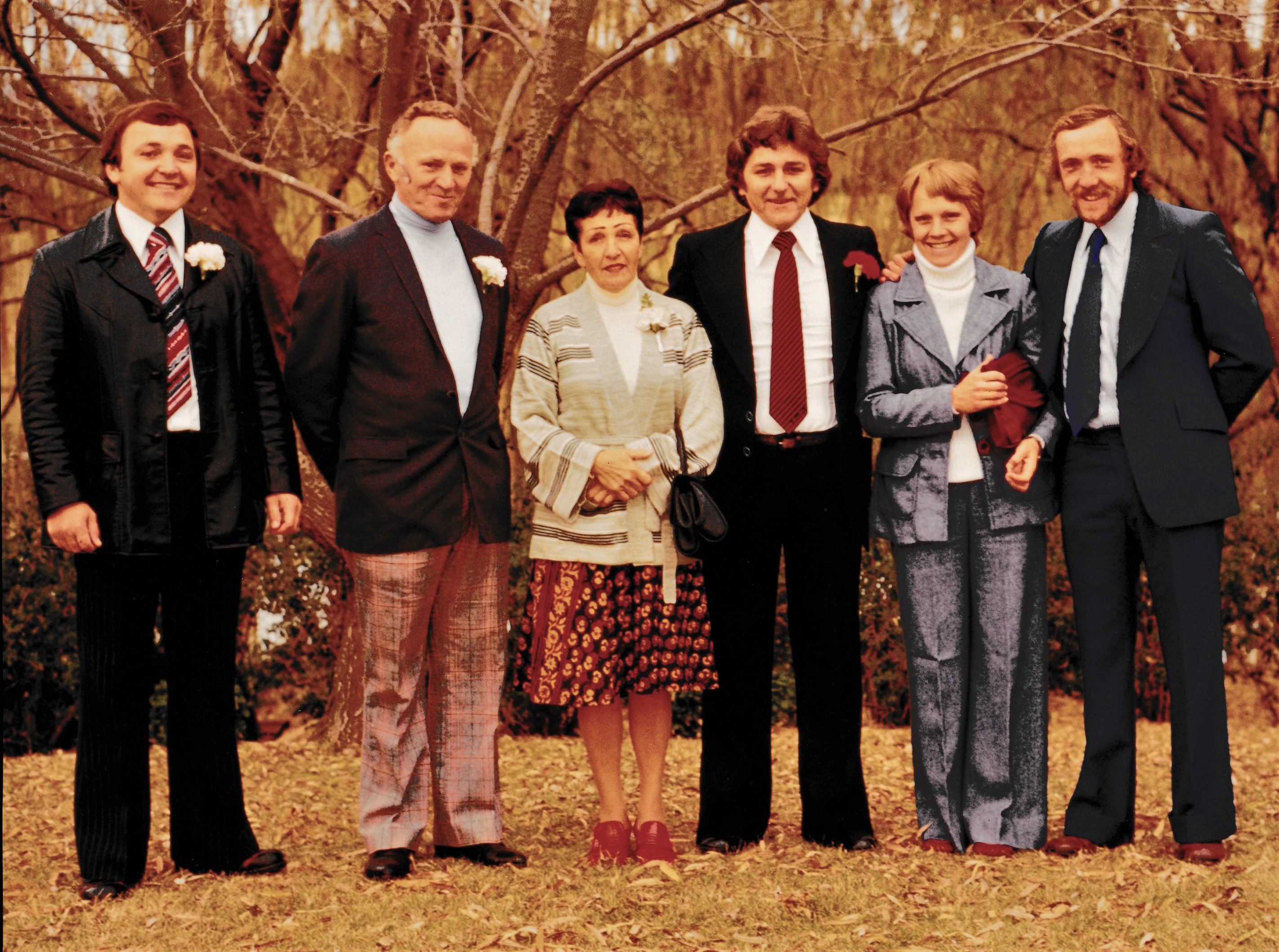
Family!
The move East to the Beaches
My wife Gerry and I came out here one weekend to babysit our nieces children for a weekend. We fell in love with the place and soon after moved here.
Post Retirement
In retirement, and after all these years of lots of water flowing under my bridges, I wanted to keep active and do something. For 9 years I was a driver for MWP Community Aid, a wonderful volunteer role that allowed me to meet great people in the community. It reminded me that everyone has a story, a great story, and that although they may think of themselves as ordinary, everyone is extraordinary, unique.
Artist Stephanie Galloway Brown selected Joe for her two year project, The Face of the Extraordinary – a series of portraits, and an accompanying book, that focused on capturing extraordinary people.
Stephanie said of Joe:
COMMUNITY SERIES, THE FACE OF THE EXTRAORDINARY, EXTRAORDINARY FACES, FACE OF EXTRAORDINARY
The Driver - Joe Mills, oil & wax on canvas, 40 x 40 cm © Stephanie Brown 2011
A friend of the family had to undergo reconstructive knee surgery recently. Having always been an independent person living alone, they suddenly found themselves housebound recuperating and unable to get anywhere. So what do people do when they find themselves in such a challenging predicament?
They contact an organisation like Manly Warringah Pittwater Community Aid Service. They offer community support assisting the frail, aged, youth with disabilities and carers to remain in their own homes yet still be as independent as possible. That's when youʼd be greeted by a cheerful volunteer like Joe Mills knocking on your door.
I met Joe in a local cafe and he chatted about what led up to being a volunteer and his interesting life.
"Friendly faces will always find each other in a crowd,
Even walking in a street you can always find someone smiling at you.
You think to yourself, that was nice, was I smiling"
A passion for Photography - How did that begin
I guess my photography began with a gift camera given by my parents as part of my Catholic Confirmation ceremony. I was about 12 years old. From that moment no-one else in the family was a photographer except me. My initial expeditions were at all the RAAF Richmond air shows we could attend. I always took my brother Alec, and our mates along. We always had a fascination with aeroplanes and military equipment.
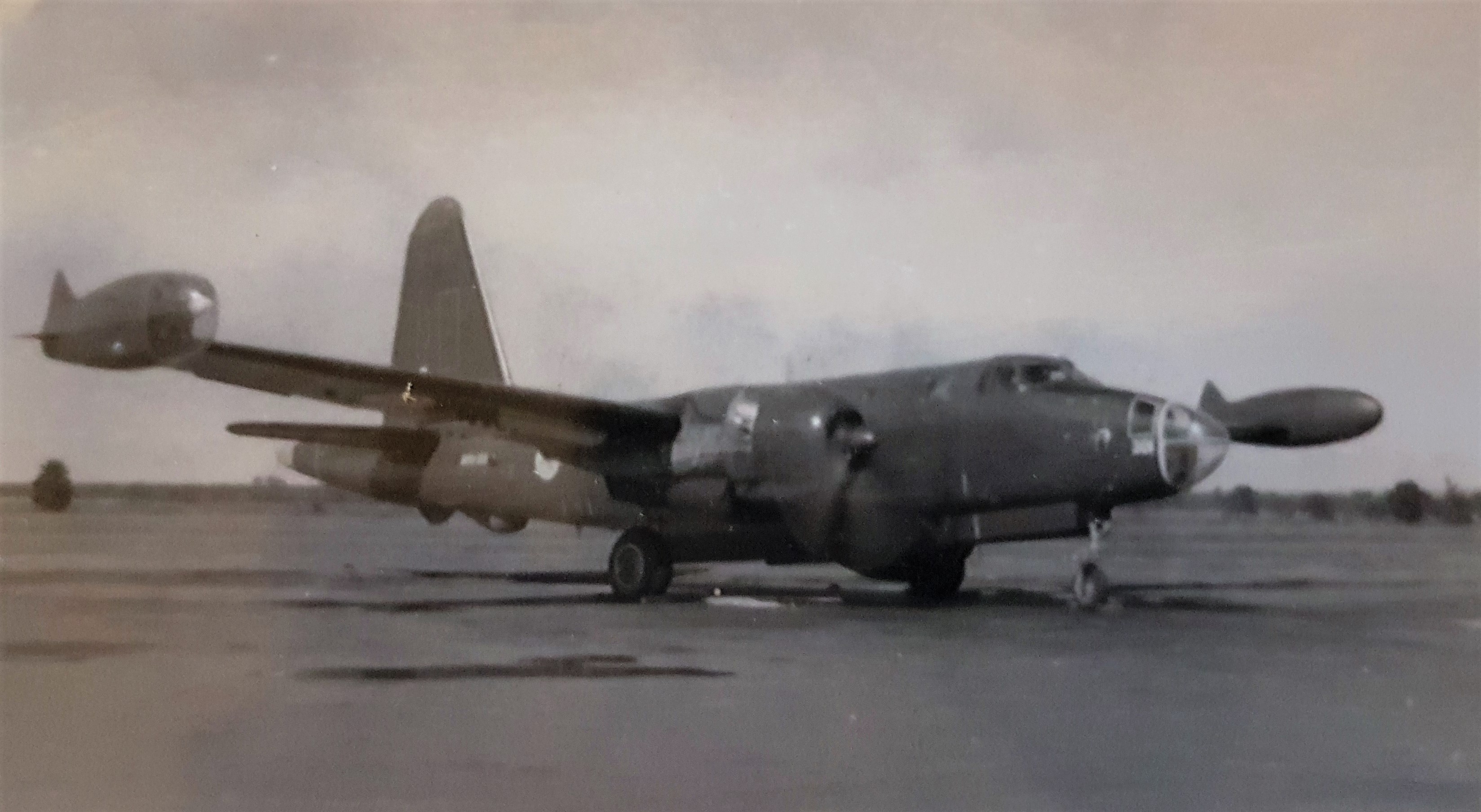
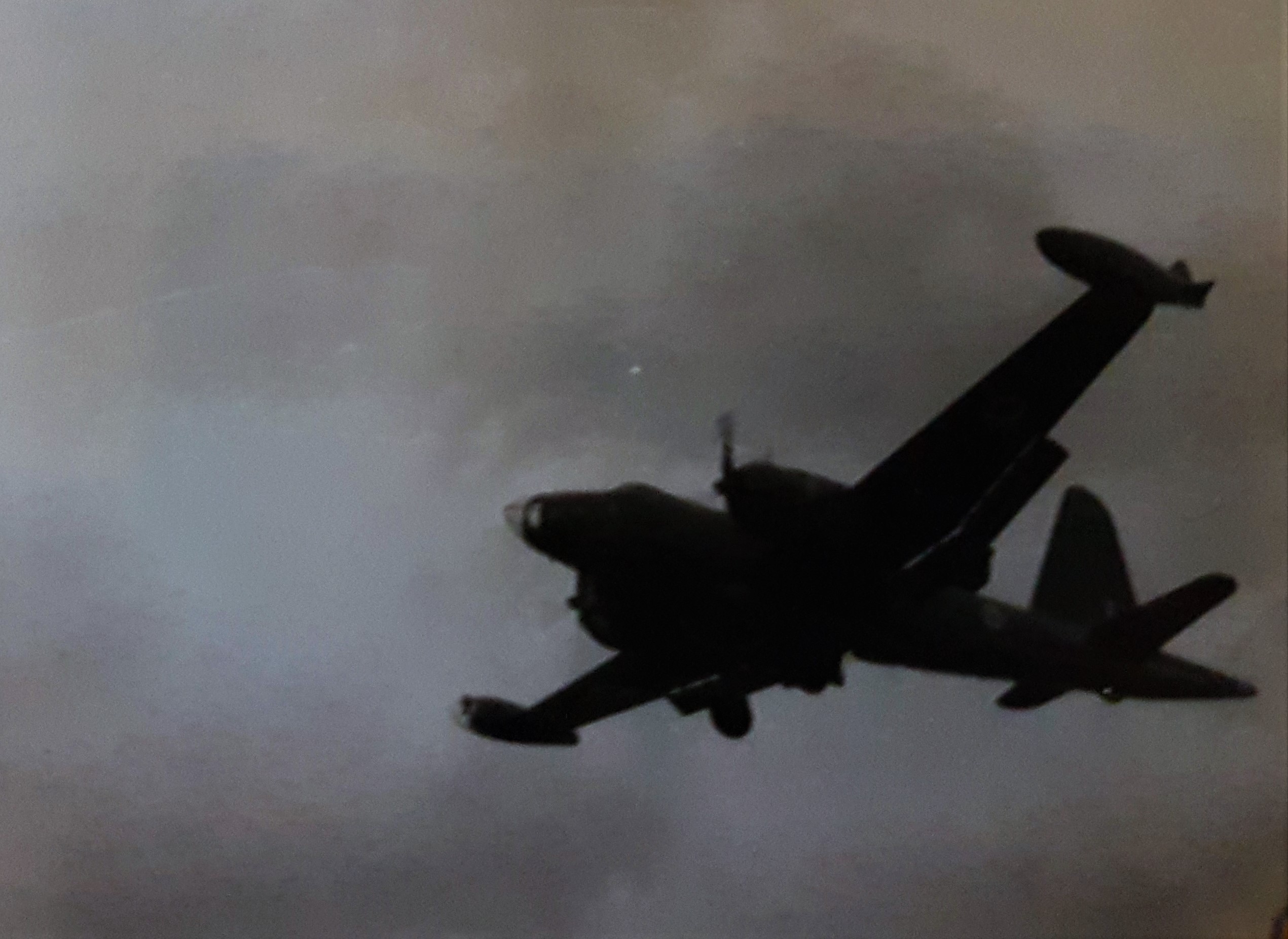
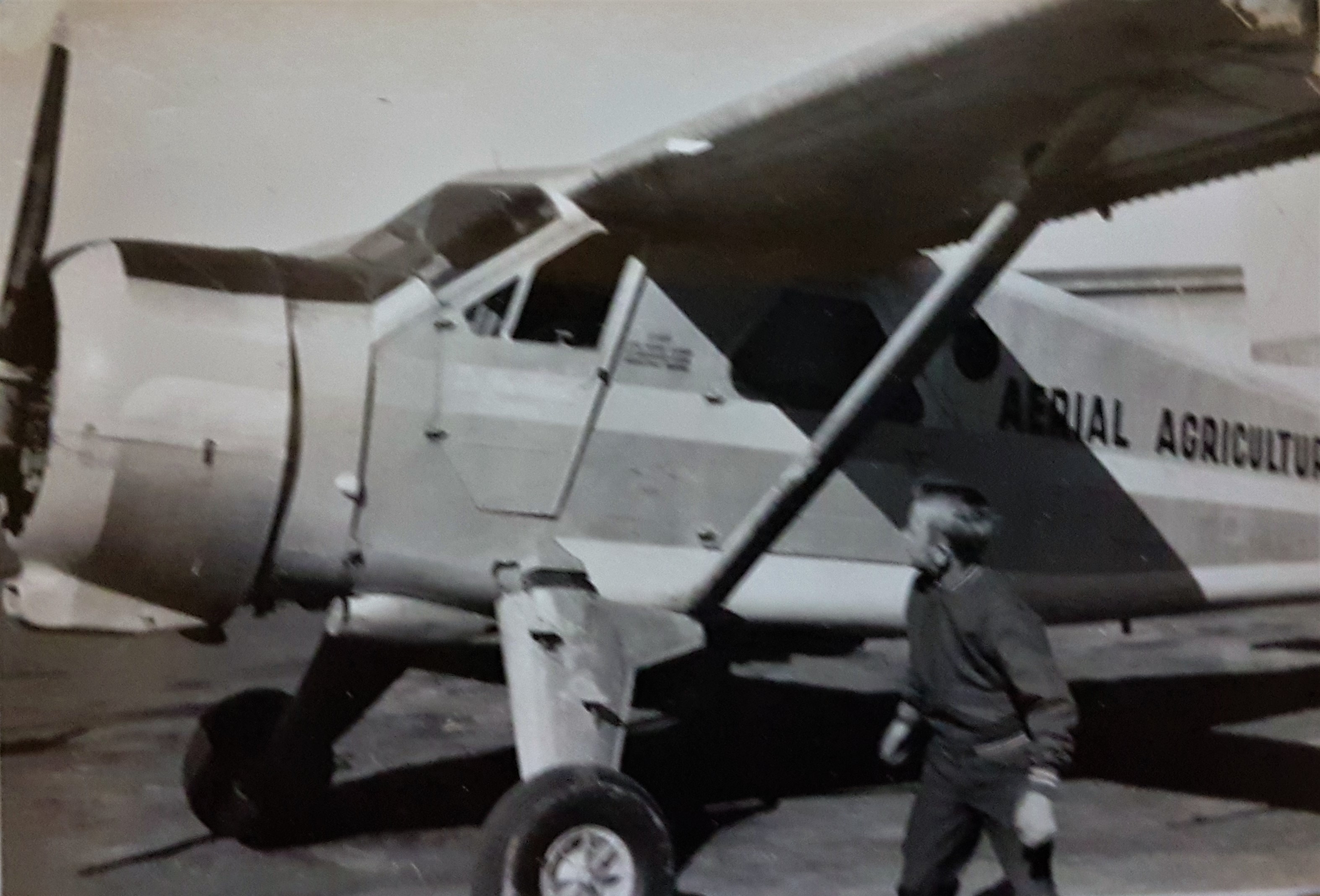
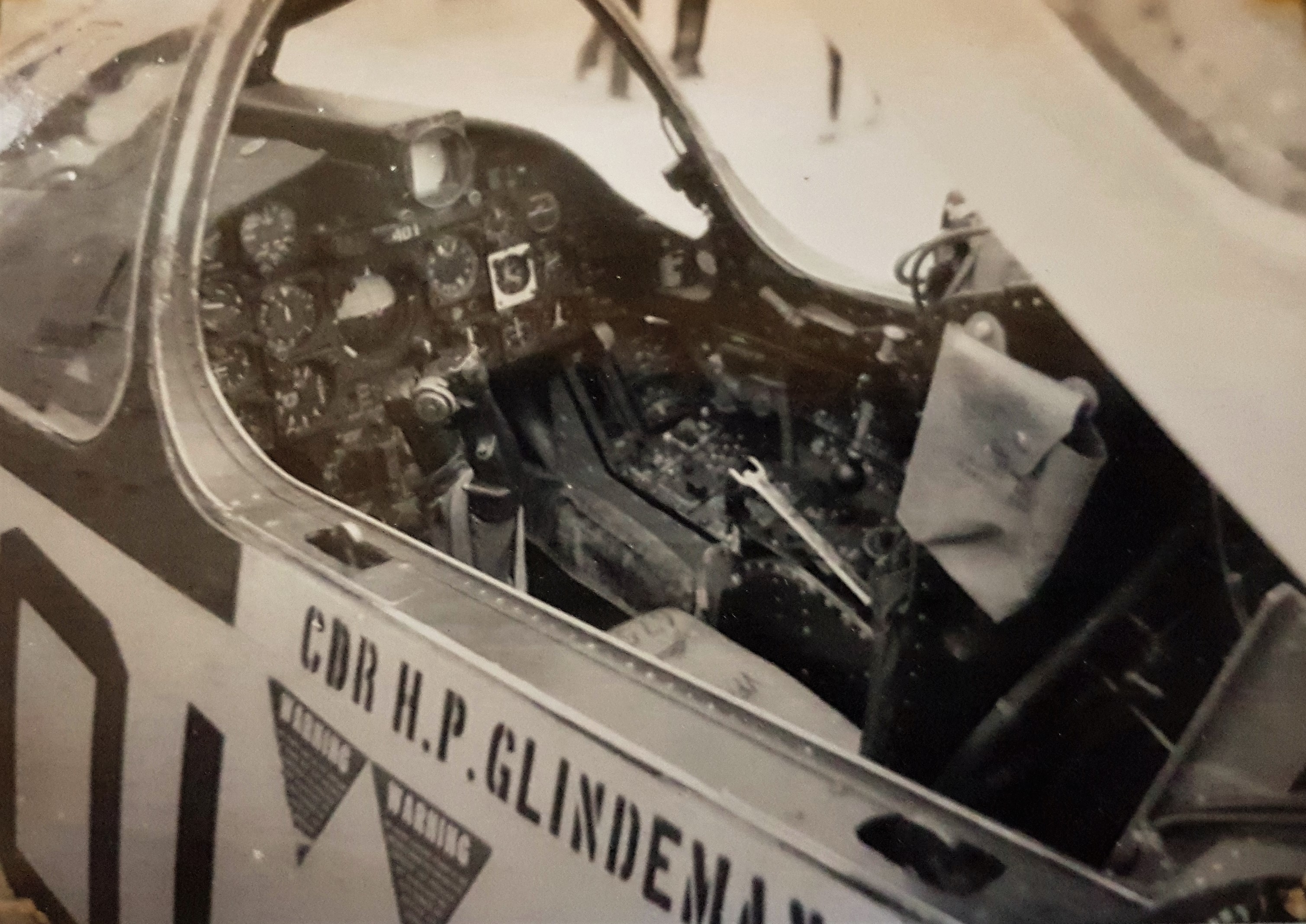
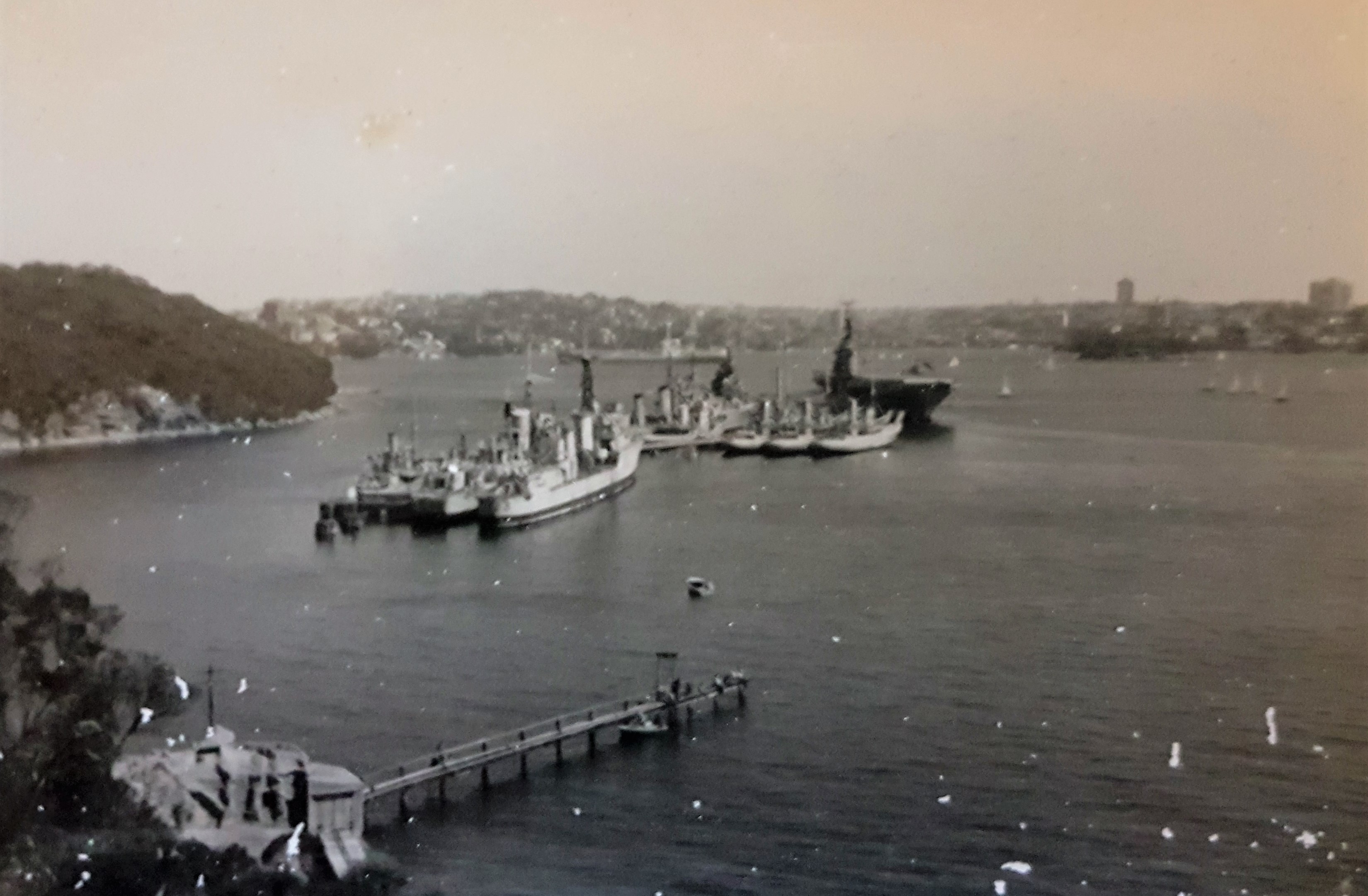
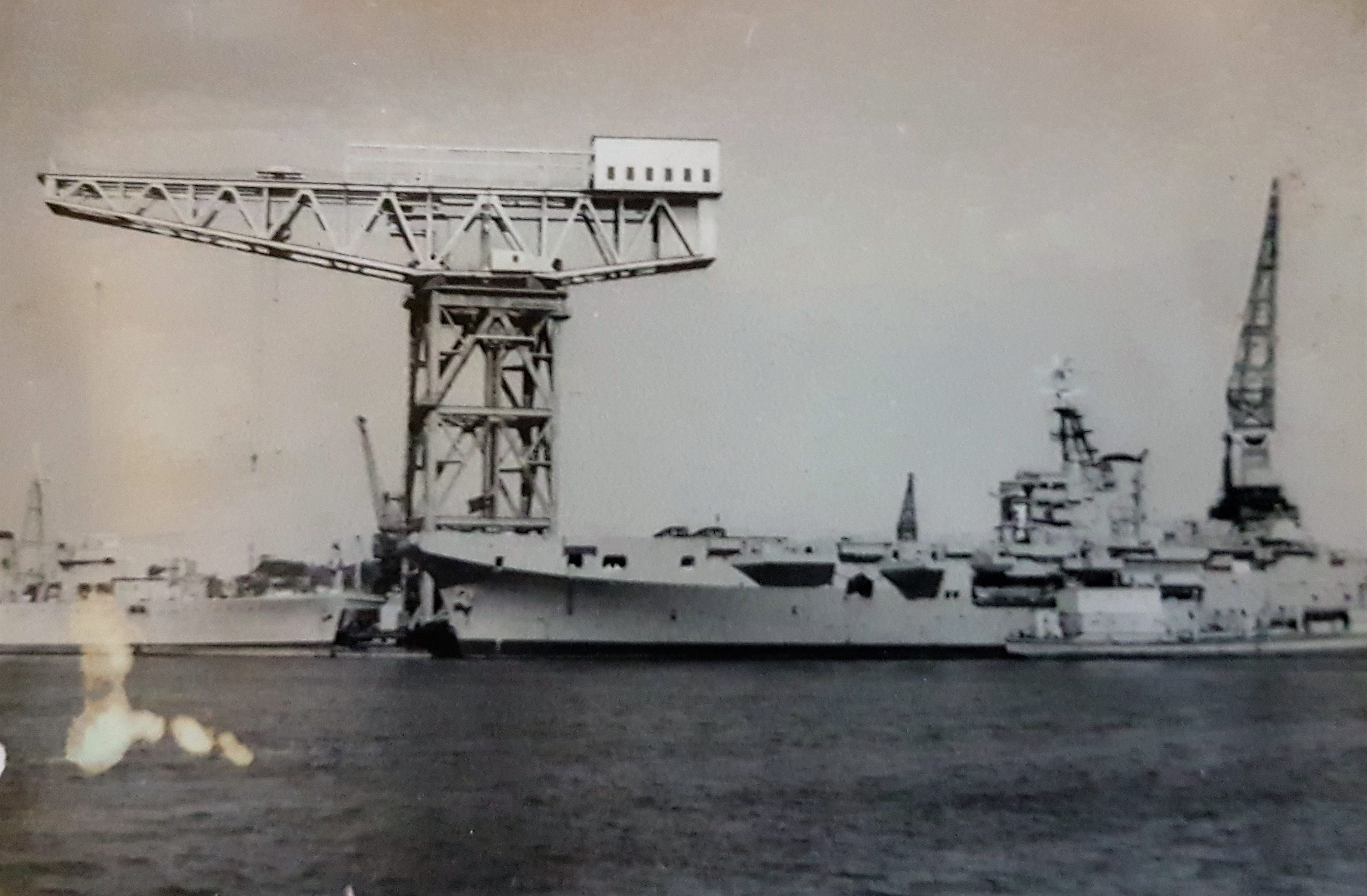
Other photos were of the family and pets. In those early teenage years, most photos were taken as records, and the artistic side was not a consideration. I also had no mentors, as not many mates were into photography, so it was a real trial and error experimentation.
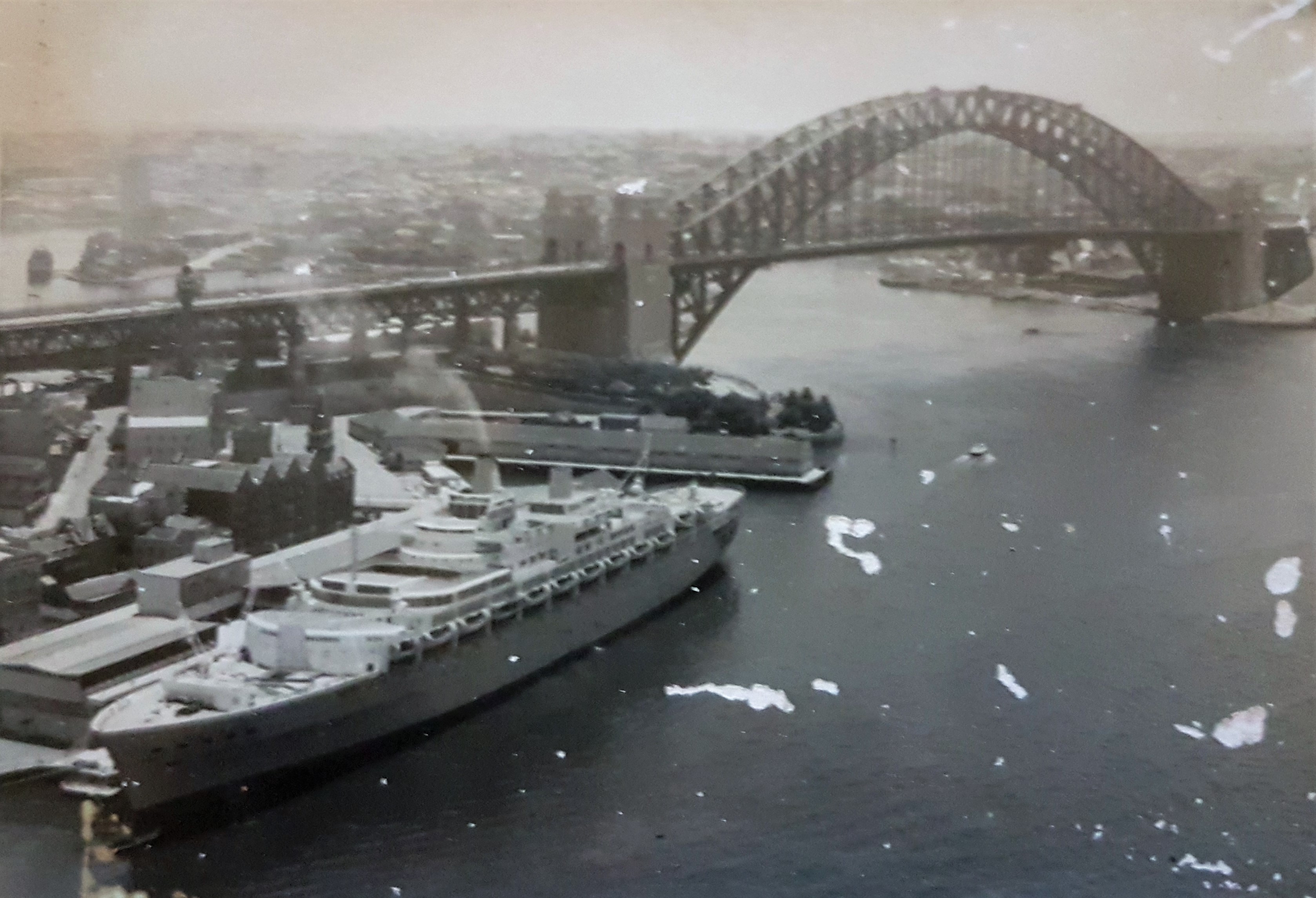
Taken from the AMP Building, this was the tallest building in Sydney at the time. The queues to the lifts were out to the street.
Opened in 1962, the AMP 'Sydney Cove' Building, designed by Peddle Thorp & Walker (now PTW Architects), was Sydney's first to break the city's 150-foot (46-metre) height limit, imposed from 1912. At 117 metres, it was Australia's tallest building, almost double the height of anything else in Sydney at the time. - Sydney Living Museums.
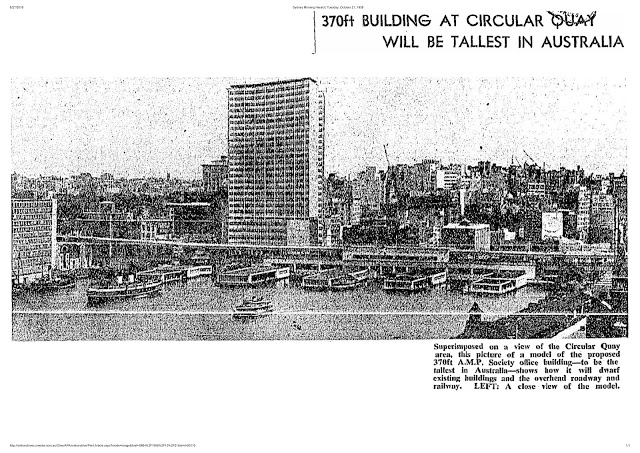
Sydney Morning Herald of Tuesday, October 21, 1958 pg 1-page-001
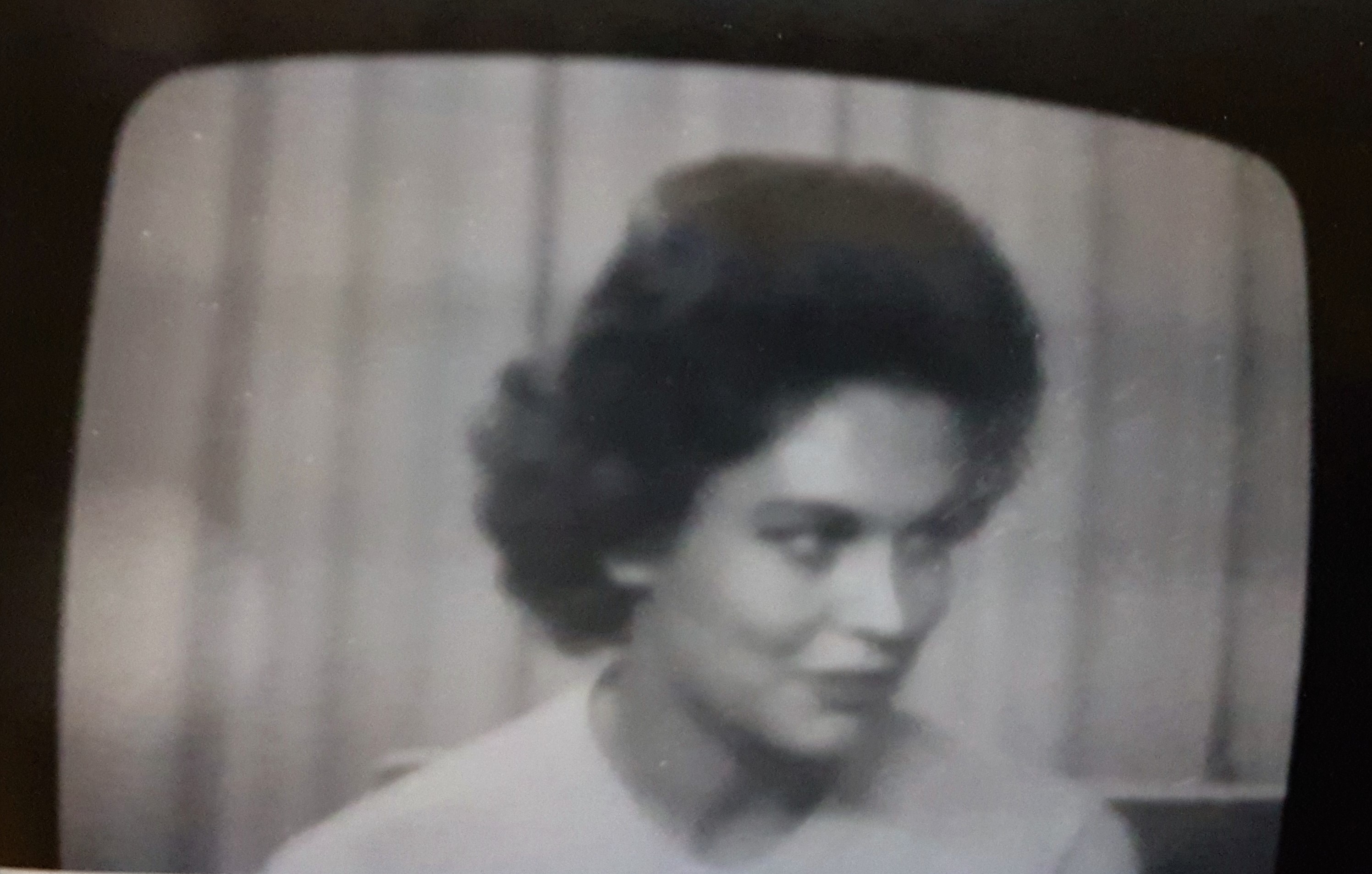
The TV picture is Tania Verstak our first Miss World - she won in 1962.
Development of Photography Spark and Cameras
I remember during my Primary School years an elderly nun, Sister Bridget encouraged me in my learning and art classes. I did enjoy sketching, so had a little artistic flair. I found the photography to be an extension of this. Unlike my numerous other schoolboy hobbies which lasted only one year, the photography kept going, and I kept getting better at it. I always enjoyed it, even though you had to take the film to a Chemist store for developing and wait up to a fortnight before you saw the results as a set of prints. And lots of times only to find out you were out of focus, incorrect shutter speeds, no pictures at all because the film roll came off the spool etc. But most times it was a great joy to send the results of your creativity.
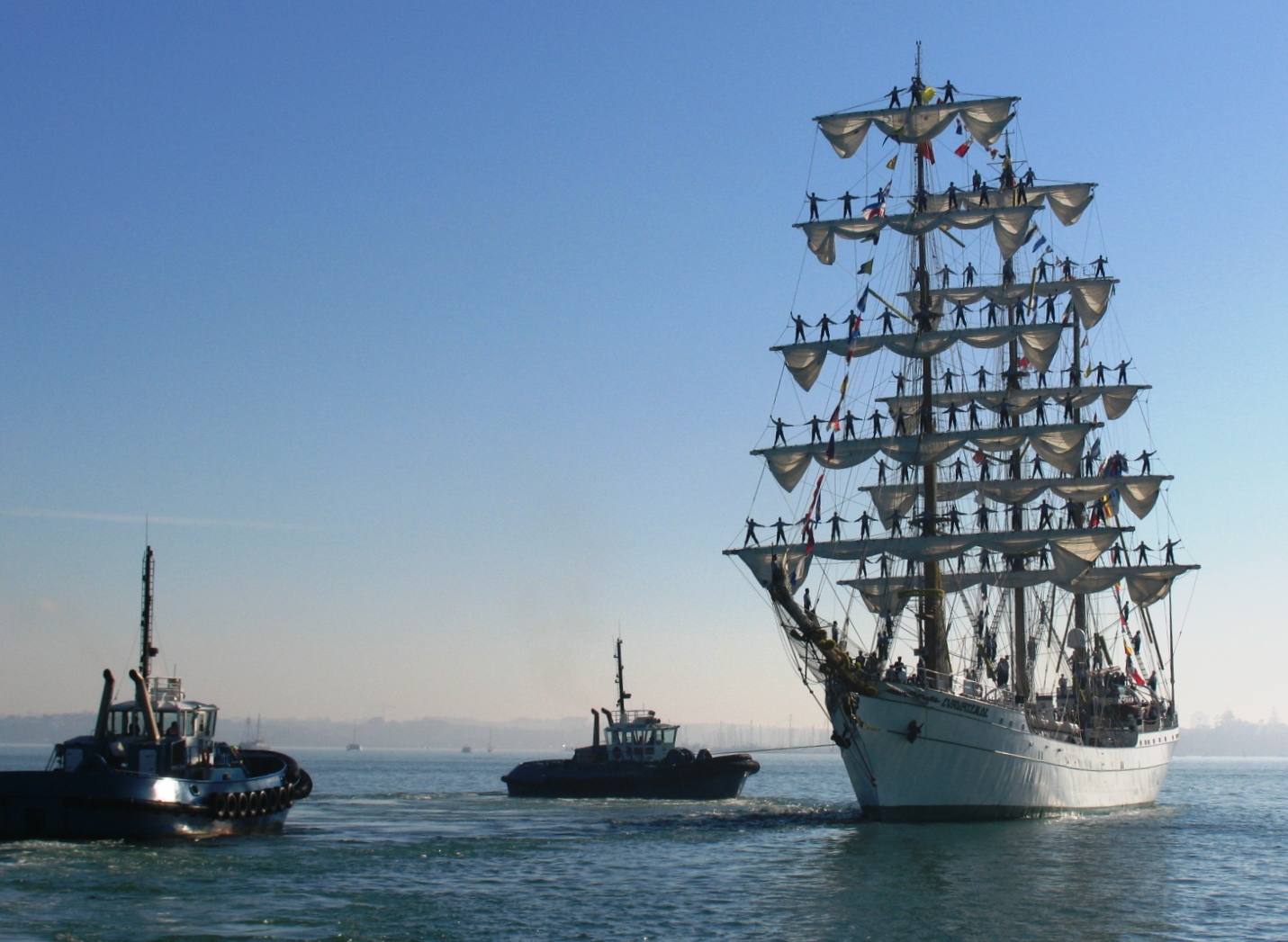
On Your Own, 2006 photo by Joe Mills
Most of my early cameras were based on what I could afford and were what I would call mid-range. My first big initiative was the MINOLTA SRT101 SLR camera back in 1970 when Gerry and I just got married and began a 2 year work stint in Port Moresby PNG. This began a decade of taking slides and showing slides to bored parents and siblings and friends. Slide nights were good fun, better than TV. My original Minolta I loved as a camera and it followed me everywhere. I became the official family record keeper for baptisms, confirmations, birthdays, baby showers, etc as well as recording our own home, work and life experiences.
My next camera WILL be a digital all-in-one Sony SX10 Model V (when it is released). Currently Model IV exists and is still considered to be a beauty, but I'm worried that if I buy now, Sony will release the new model. So I am still waiting.
In the meantime, for the past 4 years I have used my trusty old Samsung S7 mobile phone camera for all my photography. It works very well in even light and does a lot of justice to sunrises and sunsets. It struggles in midday light and speckled light in forests. It lacks a proper zoom feature, but is highly portable and is always with me, especially on holidays.
It was natural progression to want to learn more and more about photography and techniques. Being an avid reader, I always bought magazines and books for my own reference library at home. This taught me a lot about some skills, but particularly from looking at good examples.
My big move came with joining the Pittwater Camera Club, where I met some wonderful non-professional people, like me, who produced some wonderful results. It was mixing with these people and listening to judge's comments that helped me explore my own individual style. The judges comments I found very helpful, even though I sometimes disagreed. But this is the beauty of a democracy.
The other aspect I learnt, which I now apply, is the RULE OF THIRDS. This is basically and artist technique for composing imagery to make it pleasing to the eye. I found this to be very natural to apply to composition whilst taking a photo, and to post photo techniques such as cropping. Most camera clubs now accept that most photographers do some tidy up post photo processing on their computers. I do not use the professional image editing programs such as Photoshop, but do use the very basic editing program that comes with my PC operating system, called Microsoft PHOTOS. Cropping to Rule of Thirds, makes for some enjoyable images as well as cutting out unwanted foreground and backgrounds.
Favourite photographic subjects
My favourite subjects are:
- Landscape
- Nature
- Travel
- Aerial photography
- People (not close-up, but informally from a distance)
- Flowers
- Macro
What Pursuing a Passion Photography Gives you
Probably great pleasure, a life long hobby, as well as recording life and beauty. Meeting fellow photographers at early morning sunrises, and sunsets. And meeting interesting people getting on with life, such as swimming, exercising, jogging, dog walking etc.
What are your favourite places in Pittwater and why?
My wife Geraldine is still working full time, so our ritual every morning is to get up about 6 am, dressed and catch the BLine bus at Warriewood about 7 am. Depending the weather conditions, I choose to visit one of the sites at Narrabeen Headland and pool, Collaroy, Turimetta, Warriewood or Mona Vale. I love all the natural sites along the Northern Beaches.
If I had to choose one, I would say Narrabeen Headland and rock pool. I don't know why, but I feel at home there, and every visit offers different light and weather conditions. Next door at Turimetta Beach feels like a natural extension of this headland.
What is your ‘motto of life’ or a favourite phrase you try to live by?
I always remember during my working life of having attended a staff development program at TAFE, and one of the quick exercises before we got into the core content was a brain storm where each individual had to come up with what thought were the most important life values to them. These were listed as POST IT notes on a whiteboard. We all came up with a collective hundreds.
My final selection was
- Love
- Loyalty
- Honesty
- Respect
- Patience
I also remember when we were school children, our mum used to instil in us to be kind to the elderly, always say hello first to our neighbours, help ladies with prams, do not swear, don't fart in company (her words were not to release wind) etc. All good characteristics that she tried to instil in us for life. I guess without naming it, she taught us respect. And now in my senior years, and from my own life experiences, I try to use it as my motto.
In one word:
- RESPECT
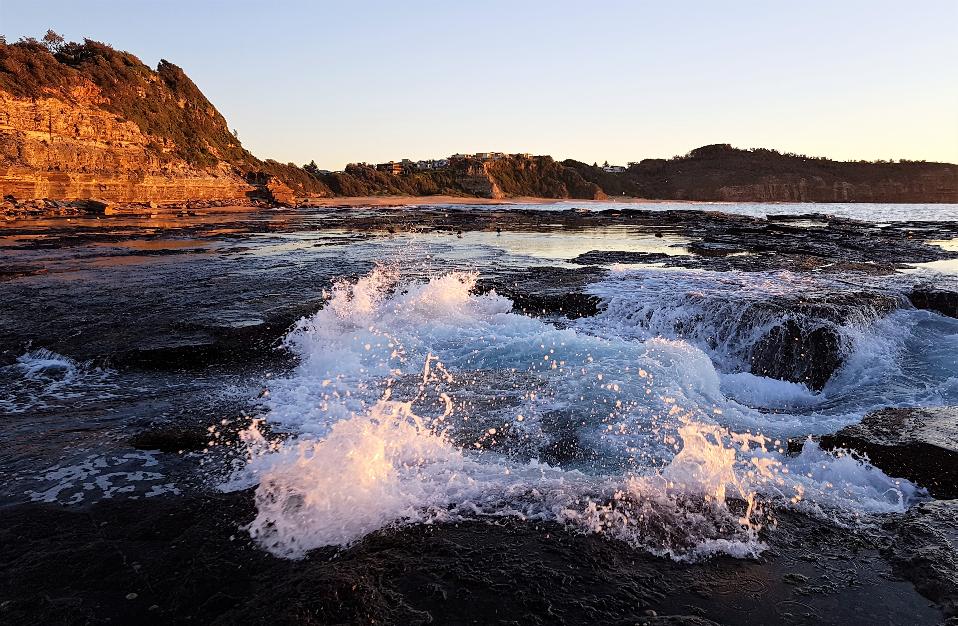
Narrabeen-Turimetta Dawn, 2019 - by Joe Mills

Dove Lake Reflections - Tasmania, by Joe Mills, 2006
